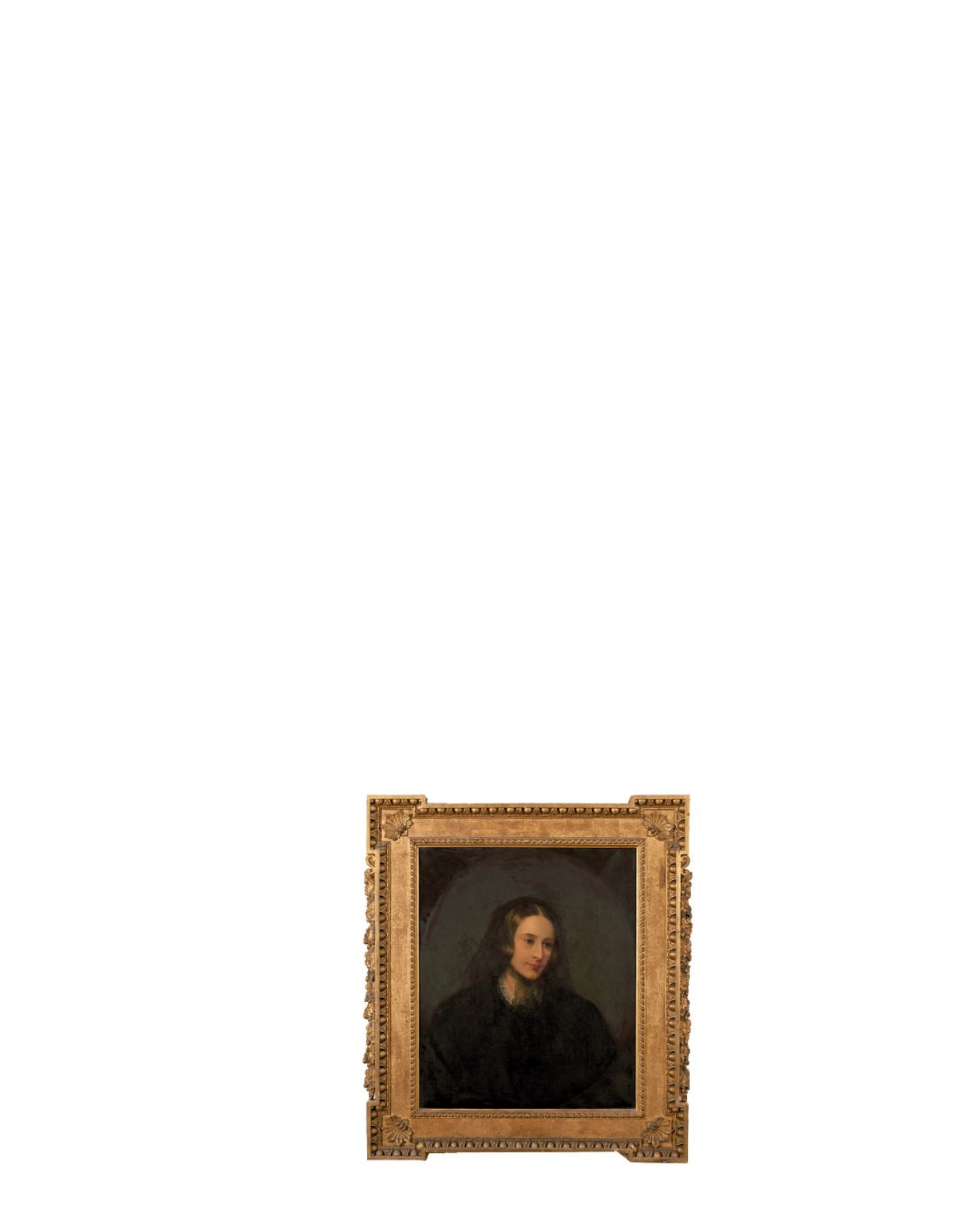
 179 STEPHEN CATTERSON SMITH JUNIOR RHA (1849-1912)
179 STEPHEN CATTERSON SMITH JUNIOR RHA (1849-1912)
Portrait of Sir Benjamin Lee Guinness, half length, wearing a black coat and blue bow tie, in a feigned oval
Oil on canvas, 75 x 62cm;
Together with and by the same hand:
Portrait of Elizabeth Guinness, wife of Benjamin Lee Guinness half length,seated in black dress with a black mantilla
Oil on canvas, 76 x 61cm
(Please note these are not contained within uniform frames)
Provenance: St. Anne’s, Clontarf, and by descent in the family.
(2)
Born in Dublin in 1849, Stephen was eldest son of portrait painter Stephen Catterson Smith, PRHA and Anne Wyke, herself an artist who
exhibited occasionally at the RHA. Stephen Jun. had intended to join the army but owing to financial issues he was unable to enter that
profession and instead settled down as a painter in his father’s studio. He is listed in the RHA records as having first exhibited there
in 1871 with ‘a Portrait’. His father died the following year and he effectively took over the practice and continued the family tradition
of painting the great and the good of Irish society. He was a regular visitor to Scotland and it was whilst there in 1905 that he caught a
severe cold which permanently affected his health. He died on November 24th 1912, at his home, 42 St. Stephen’s Green in the same
room in which he was born. Walter Strickland notes that Smith Jun. made a number of copies of pictures painted by his father, including
portraits of the present Sir Benjamin Lee Guinness and his wife Lady Guinness, which were done, we must presume, for Lord Ardilaun.
The original portrait of Benjamin Lee Guinness was painted in 1862/3 and exhibited at the RHA in 1863.
Sir Benjamin Lee Guinness, 1st Baronet (1798 - 1868) was the third son of Arthur Guinness II and his wife Anne Lee and grandson of
the first Arthur Guinness, founder of the eponymous brewery. While his father had developed the family business and had extended
the family’s range of commercial interests, it was Benjamin Lee that brought the brewery onto a different level altogether. By the time
of his father’s death in 1855, he had become Ireland’s richest man by developing a huge export trade. He enjoyed a successful political
career, being elected Lord Mayor of Dublin in 1851 and taking a seat in the House of Commons in 1865, a position he retained until his
death. His philanthropy was well known, particularly in his home city of Dublin. He undertook in the 1860s the restoration of St. Patrick’s
Cathedral and is reported as having spent the enormous sum of £150,000 on the enterprise. His Dublin home was what is now known
as Iveagh House at 80, St. Stephen’s Green and in 1852 he purchased Ashford Castle in Co.Mayo adding two large Victorian extensions to
the castellated mansion. An avid gardener, he extended the estate to 26,000 acres and planted many thousands of trees and oversaw the
development of the massive woodlands.
On his death in 1868, he was succeeded in the baronetcy by his eldest son, Arthur (later Lord Ardilaum) who took over the brewery with
his brother Edward (later Lord Iveagh). His daughter, Anne (1839 - 1889) married William, Lord Plunket in 1863. He is buried in the family
vault in Mount Jerome Cemetery in Dublin.
€ 2,000 - 3,000



















